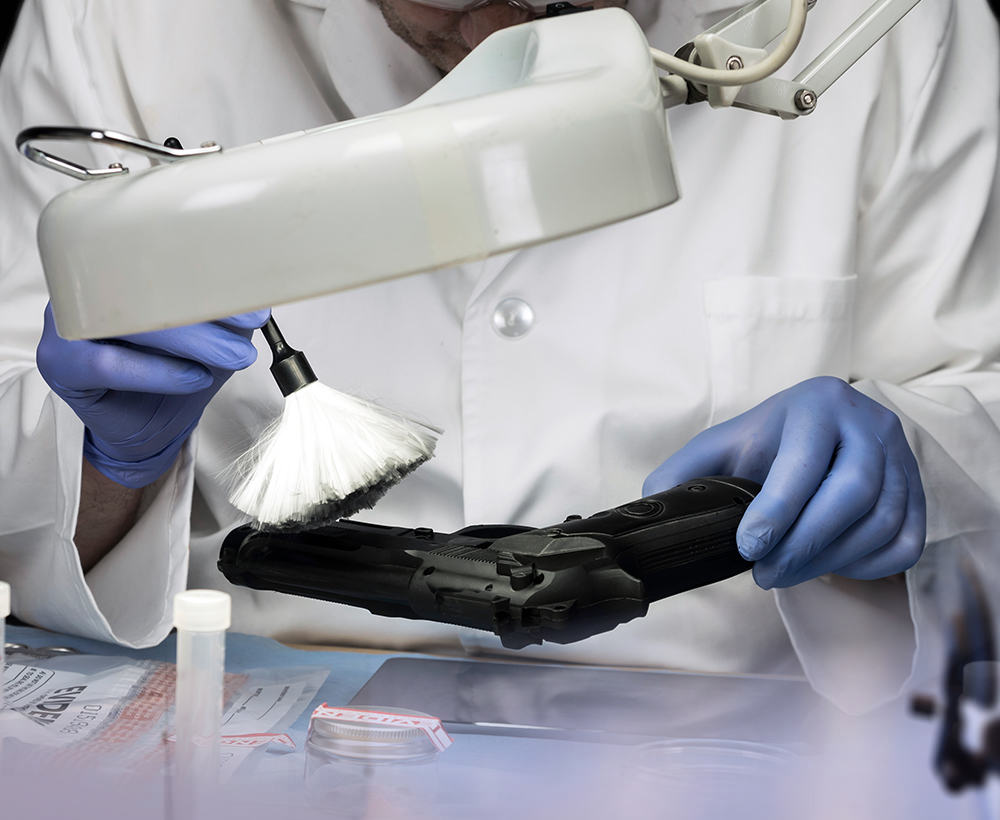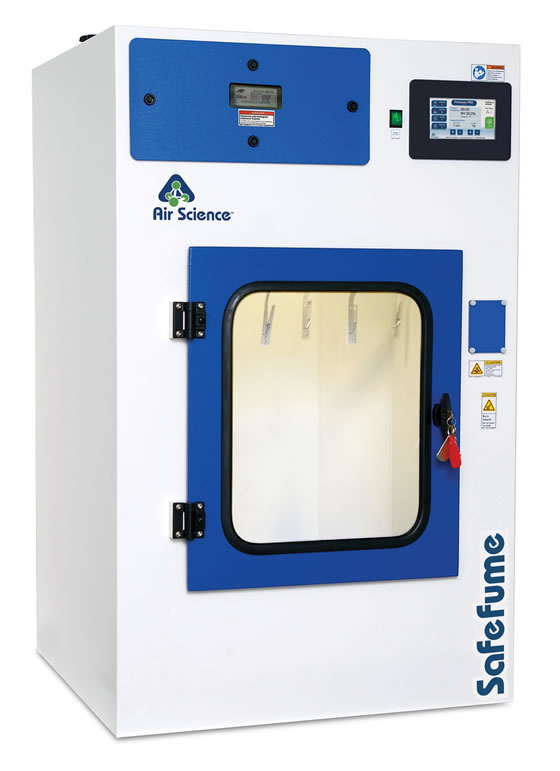
 Fingerprints are one of the most valuable pieces of evidence at a crime scene due to their uniqueness. They are found on objects present at a crime scene and are used to identify a suspect or criminal.
Fingerprints are one of the most valuable pieces of evidence at a crime scene due to their uniqueness. They are found on objects present at a crime scene and are used to identify a suspect or criminal.
Fingermarks are formed by sweat released from pores present on the friction ridge skin of hands. Finger ridges contain a large number of sweat pores. When the finger touches any surface, the sweat from these pores get deposited in the form of contours which are the mirror image of the ridge patterns. Since sweat is colorless in nature, its deposition on a surface also produces colorless impressions and these impressions are called latent fingerprints.
History of Developing Latent Prints
In the late 1970s, members of the US Army CID Lab in Japan brought home a novel method for developing latent prints. Forensic scientists in the Tokyo National Crime Lab discovered that the fumes from cyanoacrylate adhesives (CA) or superglue, reacted with the moisture of latent fingerprints in such a way that a latent print on a non-porous surface was covered with a hard coating that encased the delicate ridge structure of the latent print.
Cyanoacrylate Fuming Method
The ridge detail of the fingerprints on non-porous surfaces such as plastic, glass and finished and unfinished woods can be exposed to cyanoacrylate fumes. Cyanoacrylate fuming (often called the super glue method) is a chemical method for the detection of latent fingermarks.
These fumes will react with the traces of amino acids, fatty acids and proteins in the latent fingerprint and the moisture in the air to produce a visible, sticky white material that forms along the ridges of the fingerprint. The final result is an image of the entire latent fingerprint and this reaction also stabilizes the ridge detail to better preserve for possible future enhancement.
The cyanoacrylate fuming process is also helping law enforcement and forensic professionals find success in solving cold cases. Case Study: 30-Year-Old Cold Case Fingerprints Come to Light.
Cyanoacrylate Fuming Chambers
For the vapors to adhere to the fingerprint, making the fingerprint visible, the cyanoacrylate fuming needs to be performed in a developing chamber. Air Science® Safefume™ cyanoacrylate fuming chambers are designed to safely develop latent fingerprints using ethyl cyanoacrylate (CNA) vapor in a controlled environment for optimum effectiveness and safety where moisture and fuming time are critical factors.
Fuming Chamber Features
- The tamper-resistant compartment helps maintain the chain of custody.
- A versatile system of hanging rods and shelves allows proper positioning of items of evidence in the chamber.
- The programmed sequence establishes proper fuming intensity and duration.
- Once initiated, the fuming cycle is automatically controlled from beginning to end. This unattended process saves labor and expedites the results.
- Fuming time, humidity and chamber fume evacuation can be adjusted if required to meet internal local criteria or specific lab safety rules.
- The ductless filtration system requires no connection to an outside exhaust system.
- Choose from benchtop, free-standing reach-in or double door reach-in cabinets.
View all our Safefume Automatic Cyanocrylate Fuming Chambers or contact us today to learn more.